

May 7 was the second day of the MTA’s train disinfection program, which shuts down all of New York City’s subways from 1 to 5 a.m. for a new cleaning initiative. The morning of May 7, more than 700 cleaners worked to disinfect subway cars and stations. This is the first time in the MTA’s history that the subways were planned to shut down overnight and the first time since Hurricane Sandy that all subways were shuttered.
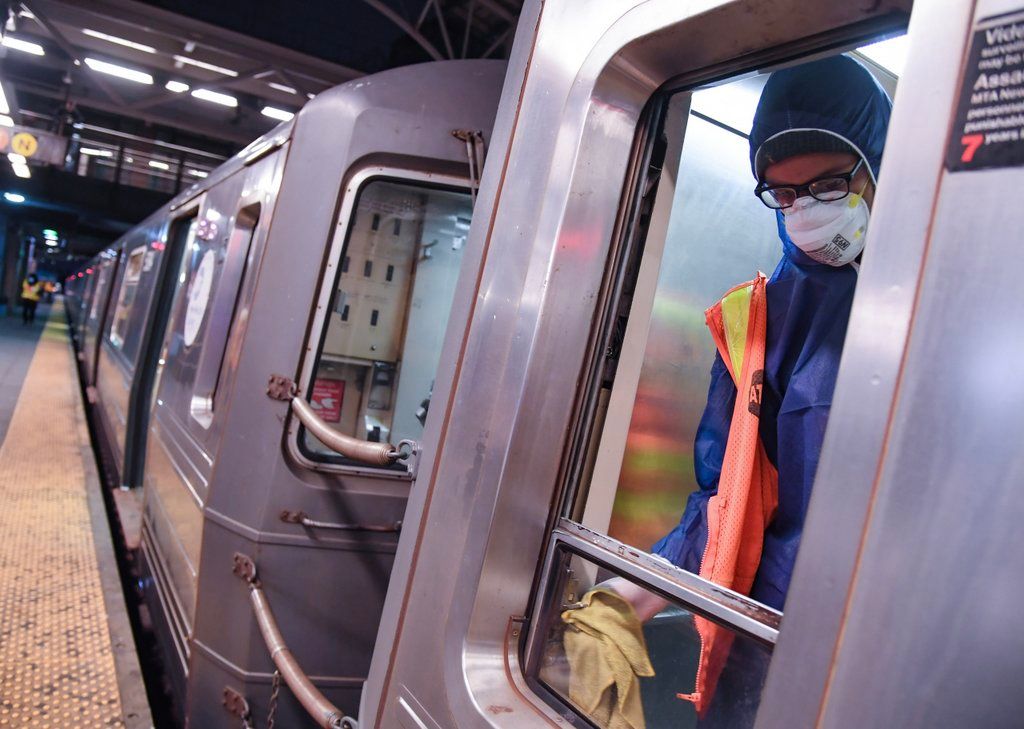
Courtesy of the MTA
According to the MTA, there was a 76 percent increase in overnight bus ridership at approximately 14,500 New Yorkers, up from the typical 8,300. The MTA has increased its number of bus trips by 76 percent and its operational fleet by 150 percent as well. Manhattan saw an impressive 209 percent increase in bus ridership, while the Bronx saw a 98 percent increase.
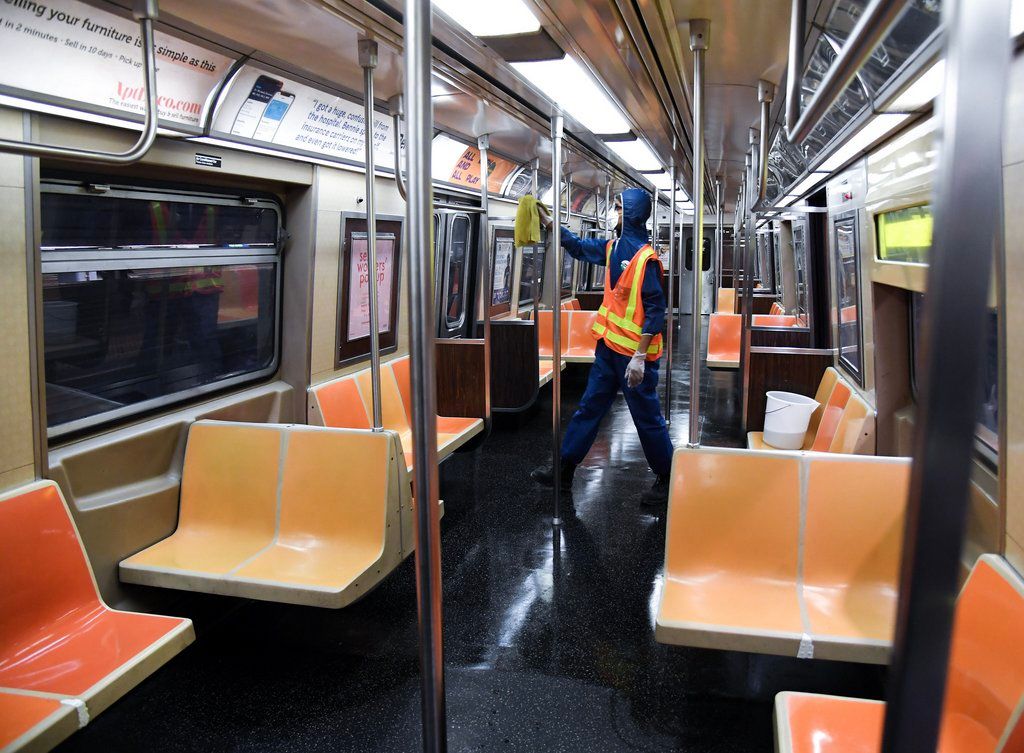
Courtesy of the MTA
“The new cleaning and disinfecting regimen marks the most aggressive in the MTA’s history, and will include around-the-clock efforts at all facilities,” the MTA wrote in a press release. “The MTA is also leveraging and evaluating innovative new cleaning solutions such as antimicrobial biostats and ultraviolet light to eradicate the COVID-19 virus. If proven successful, the MTA will deploy these solutions systemwide.”
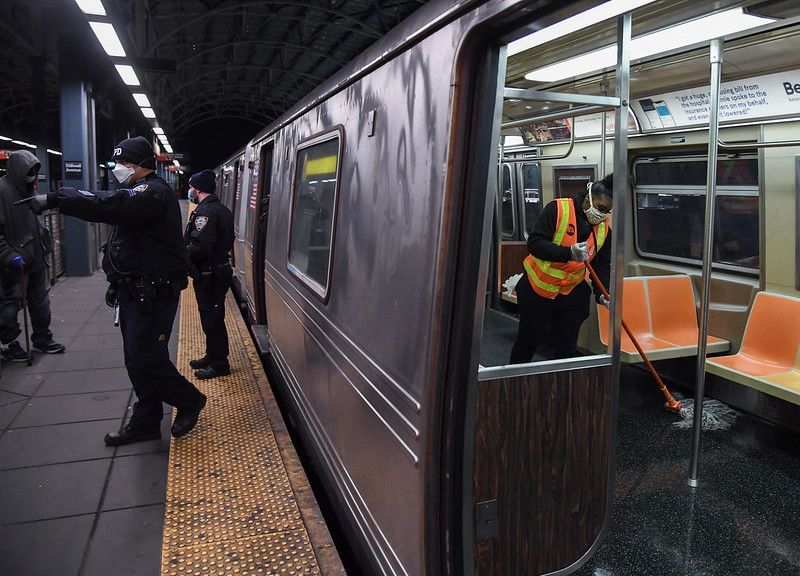
Courtesy of the MTA
The MTA also released a series of photos taken at the Coney Island-Stillwell Avenue Terminal on May 7 of the disinfecting and cleaning efforts, as well as homeless services outreach. A number of photos show senior MTA officials like MTA Chief Safety Officer Patrick Warren; NYC Transit Senior VP for Subways Sally Librera; NYC Transit Executive VP for Subways Frank Jezycki; and NYC Transit Chief Stations Officer David Santoro. Workers from NYC Department of Homeless Services and the Bowery Residents’ Committee are depicted conducting outreach for the homeless as well.
One photo shows an NYPD officer wrapping pink tape around the station’s terminal with a yellow NO ENTRY sign. Another photo shows pink tape blocking the quiet street entrance to the Coney Island station.
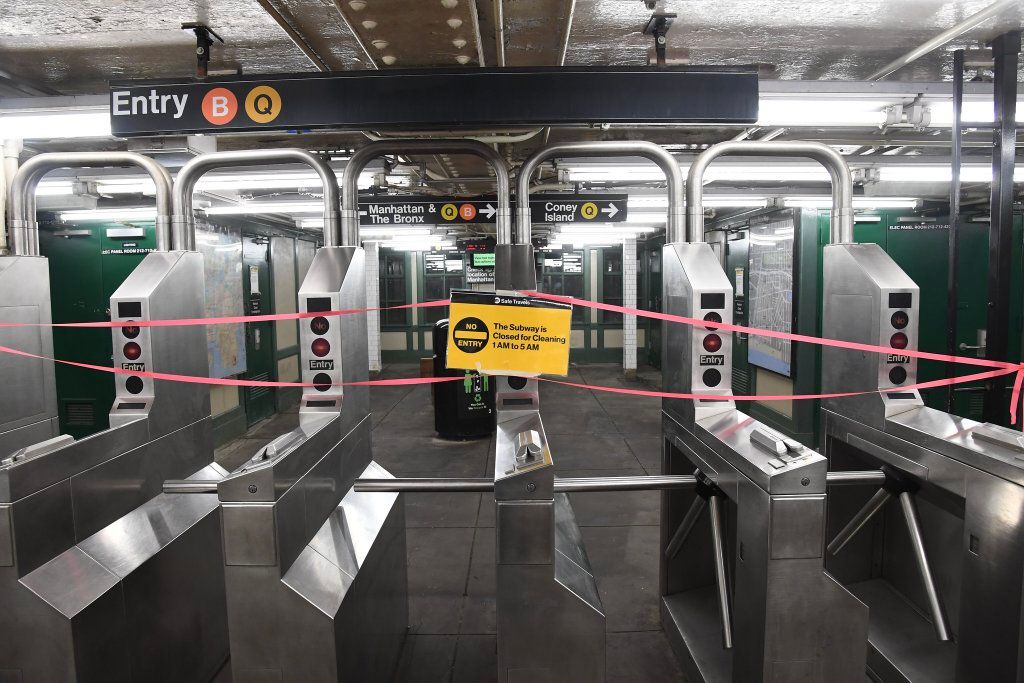 Courtesy of the MTA
Courtesy of the MTA
Maintenance workers are seen sweeping and mopping floors, planning checklists for the night’s requirements, and wiping down surfaces of subway cars. MTA officials are also seen conversing with police, who are responsible for guarding entrances and assisting the homeless.
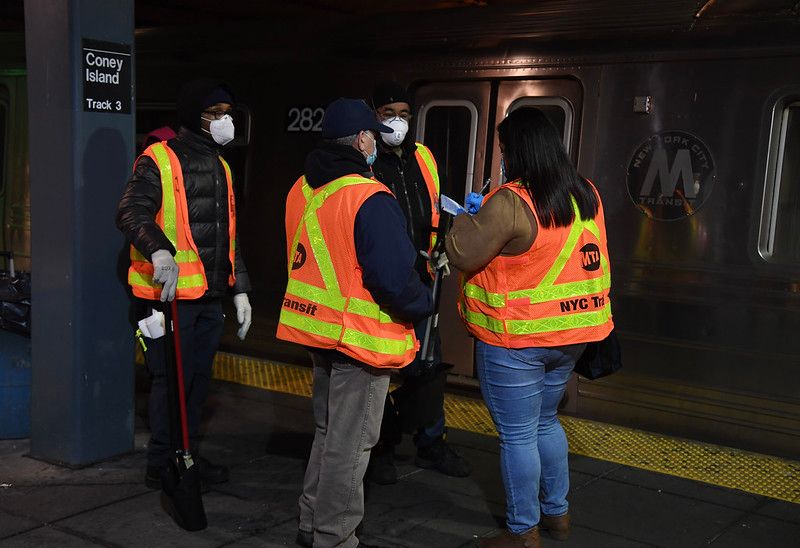
Courtesy of the MTA
A number of photos also reveal community members and police assisting homeless outside the station prior to cleaning. A recent Guardian article suggests that subway closures will have a “devastating” impact on the homeless, but efforts are being made by New York organizations to help the homeless stay safe throughout this pandemic. On the first night of the subway’s closing, 252 homeless people were approached by outreach workers and NYPD officers, and reportedly 139 agreed to leave the streets and seek help.
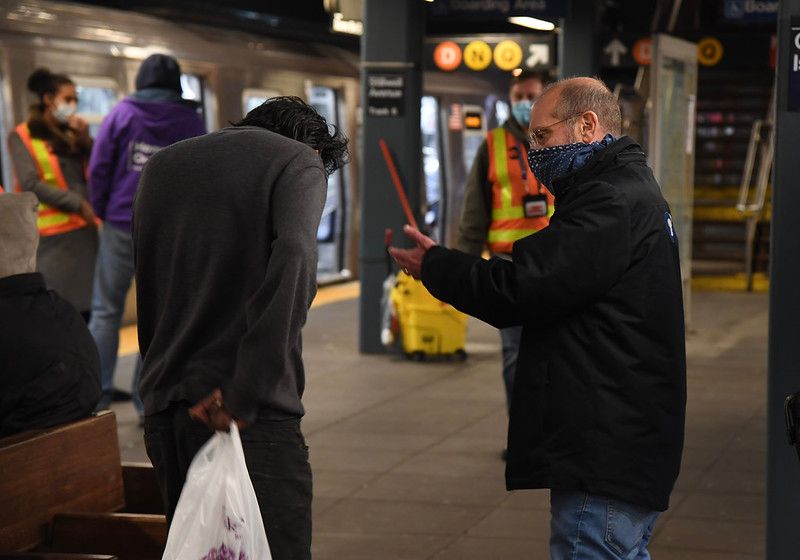
Courtesy of the MTA
Although many New Yorkers oppose the recent subway shutdowns, many others feel that these efforts will protect the health and safety of the thousands of workers who still frequent the subway. Some note that the first nights were “terrifying” for homeless people who were too afraid to go to a shelter. Gothamist reports on one doctor’s experience on the newly cleaned subways, noting that the floors still felt sticky and dirty. Yet others feel that efforts now will help New York to slowly open up after nearly two months of quarantine, and the doctor speaking to Gothamist observed a significant increase in ridership on her route.
Like any new initiative, it will take more time to see the full results of the overnight shutdown initiative. It does appear that the shutdown will continue indefinitely during the pandemic.
Next, check out 13 Times the NYC Subway Shut Down!


